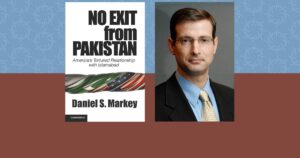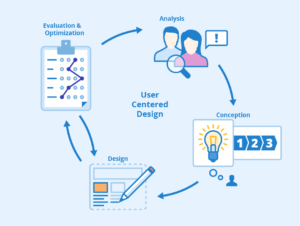Unlocking Financial Success – Rich Dad Poor Dad Book’s Review and Insights By Robert T. Kiyosaki

Unlocking Financial Success Rich Dad Poor Dad Review and Insights by Robert T. Kiyosaki
Introduction
In the realm of personal finance and wealth-building literature, few books have had as profound an impact as Robert T. Kiyosaki’s “Rich Dad, Poor Dad.” Originally published in 1997, this timeless classic continues to inspire individuals to rethink their approach to money, investments, and financial independence. In this review, we will delve into the key principles and insights presented by Kiyosaki, exploring how they can transform the way we view money and set us on a path towards financial success.
-
The Tale of Two Dads
At the core of “Rich Dad, Poor Dad” lies the comparison of two father figures, representing different approaches to money and life. Kiyosaki’s biological father, referred to as “Poor Dad,” was a well-educated man who followed the traditional path of working hard, getting a good job, and saving money. In contrast, his best friend’s father, known as “Rich Dad,” possessed little formal education but had a keen understanding of money, investments, and entrepreneurship.
Kiyosaki uses anecdotes from his childhood experiences with both father figures to highlight the differences in their mindsets and financial philosophies. These vivid tales serve as a backdrop for the valuable lessons that the book imparts.
-
The Importance of Financial Education
One of the central themes of “Rich Dad, Poor Dad” is the significance of financial education. Kiyosaki emphasizes that the conventional education system largely ignores essential lessons about money, investing, and building wealth. He believes that by acquiring financial knowledge and literacy, individuals can make informed decisions to improve their financial situations.
The book encourages readers to seek out financial education through books, seminars, mentors, and real-world experiences. By expanding their financial intelligence, individuals can break free from the cycle of financial struggle and move towards financial abundance.
- Assets vs.
Liabilities
A fundamental concept introduced in the book is the differentiation between assets and liabilities. According to Kiyosaki, assets are things that put money in our pockets, while liabilities are things that take money out of our pockets. He argues that wealthy individuals focus on acquiring income-generating assets, such as real estate, stocks, or businesses, while the middle-class and poor primarily accumulate liabilities disguised as assets, such as luxury cars or large houses with mortgages.
To achieve financial independence, Kiyosaki suggests building a portfolio of income-producing assets that can cover one’s expenses and provide passive income.
-
The Power of Passive Income
Passive income is a recurring theme in “Rich Dad, Poor Dad.” Kiyosaki advocates for creating multiple streams of passive income to achieve financial freedom. Passive income refers to money earned without active involvement, such as rental income, dividends from investments, or royalties from creative works.
By relying on passive income, individuals can break free from the constraints of a traditional job, giving them the time and freedom to pursue other passions and opportunities.
-
The Entrepreneurial Mindset
“Rich Dad, Poor Dad” also promotes the entrepreneurial mindset as a means to wealth and success. Kiyosaki encourages readers to think outside the box, take calculated risks, and embrace failure as a stepping stone towards learning and growth. He believes that entrepreneurship offers the potential for unlimited income and allows individuals to control their financial destiny.
-
Overcoming Fear and Taking Action
Throughout the book, Kiyosaki acknowledges the fears and uncertainties that accompany financial decisions. He advises readers to face their fears head-on and not let them dictate their financial choices. Taking calculated risks and learning from mistakes are vital steps in the path to financial prosperity.
Conclusion
“Rich Dad, Poor Dad” is a compelling and thought-provoking book that challenges traditional beliefs about money and offers a new perspective on achieving financial independence. Robert T. Kiyosaki’s powerful lessons on financial education, asset-building, passive income, and the entrepreneurial mindset continue to resonate with readers worldwide.
By applying the principles laid out in this book, individuals can transform their financial future and embark on a journey towards lasting prosperity. Embracing the lessons of “Rich Dad, Poor Dad” may well be the first step towards unlocking the doors to financial freedom and a life of abundance.
For More Related Articles Browse Our Website Blogster.pk
For social Connection You can also Visit and follow our Social media Platforms
Facebook , Instagram, Linkedin, Pinterest, Quora, Twitter, Youtube.








